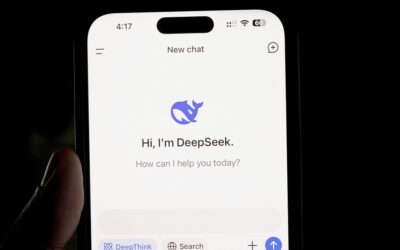Seattle, Washington and Noida, India– Aug 23, 2018 – HCL Technologies (HCL), a leading global technology company, today announced the launch of IoT COLLAB, dual-location IoT innovation centres in Seattle, Washington, and Noida, India. Each IoT COLLAB serves as a collaborative incubation lab that lets Fortune 500 companies accelerate IoT initiatives by bringing together technology experts, partners, financial advisors, and other relevant IoT stakeholders to take advantage of what is expected to be a $1 trillion market opportunity by 20211.
IoT innovation labs, such as HCL’s IoT COLLAB, help organizations navigate the journey from concept to full-scale deployment by offering a sandbox environment to expeditiously experiment with different technologies across the IoT ecosystem, leverage the framework to chart out impact on business process and articulate business value, and develop a roadmap to graduate into pilot stage and eventually to full-scale deployment. Participating companies work from a prototype unique to their business models and goals, leading them to modify processes and discover new opportunities through the collection of data produced by IoT endpoints. Tools to simulate multiple end-point devices, gateways, connectivity and data ingestion drive faster time-to-value.
Collaborative efforts already underway include co-created solutions for predictive maintenance, cold-chain logistics, and specialized asset tracking in the aerospace, manufacturing, and medical technology market segments. In one such collaborative approach, HCL is enabling a leading medical technology company to embark on its Industry 4.0 journey and substantially improve OEE (Overall Equipment Effectiveness) across its manufacturing plants by leveraging state-of-the-art sensors, gateways, and machine learning techniques to predict equipment failure and take corrective actions.
“IoT needs a mix of existing and emerging technologies, systems, and standards that are constantly evolving, making the IoT solution implementation process difficult for companies,” said Sukamal Banerjee, Corporate Vice President and Global Head of IoT WoRKS™, HCL Technologies. “Our vision for IoT COLLAB is it to help businesses transform into true 21st century enterprises by co-creating their transformation blueprint and execute it with award winning IoT-led solutions and leveraging our expertise to bring the to reality.”
IoT COLLAB was established to address a void in the market. To this point, an independent survey sponsored by HCL Technologies last year found that 82 percent of organizations embracing IoT believe they have a stronger place in the market. However, half of the companies surveyed said that they were behind in their IoT implementation plans, with 43 percent saying that if they fall behind with IoT their customers will be the ones who suffer.
(1) International Data Corporation (IDC) Worldwide Semiannual Internet of Things Spending Guide, June 2017.









